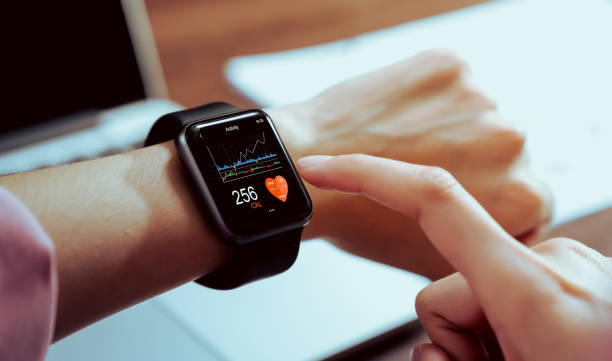Over the past decade, wearable health technology has moved far beyond fitness tracking. What once began as simple step counters has now evolved into powerful health-monitoring devices capable of detecting heart conditions, tracking oxygen levels, and even alerting emergency services in real time. Smartwatches, in particular, have become life-saving companions for millions of people around the world.
The Rise of Smartwatch Health Features
Smartwatches now come equipped with advanced health sensors that rival some medical devices. Features like ECG monitoring, blood oxygen tracking, heart rate variability, and fall detection are no longer reserved for hospitals—they’re available on your wrist.
With AI-powered analytics and constant monitoring, these devices can provide early warnings for potentially serious health conditions. For many, this early detection has already saved lives
Real Ways Smartwatches Are Saving Lives
1. Detecting Heart Problems Early
Smartwatches with electrocardiogram (ECG) functionality can detect irregular heart rhythms, such as atrial fibrillation. Users have reported being alerted to abnormalities they didn’t notice—leading them to seek medical attention before a severe cardiac event occurred.
2. Emergency SOS and Fall Detection
Many models now include fall detection sensors. If the wearer collapses or is immobilized, the watch can automatically call emergency contacts or dispatch local emergency services—crucial for seniors or those with medical conditions.
3. Monitoring Oxygen Levels
The COVID-19 pandemic highlighted the importance of oxygen monitoring. Smartwatches with SpO2 sensors can detect dangerously low oxygen levels, prompting users to seek urgent care before symptoms worsen.
4. Tracking Sleep and Stress
Chronic stress and poor sleep contribute to heart disease, obesity, and depression. Smartwatches use data like heart rate variability to identify stress levels and sleep quality, helping users take preventive measures before health issues develop.
5. Diabetes and Blood Pressure Monitoring (Next Frontier)
Some new wearables are testing non-invasive blood sugar monitoring and more accurate blood pressure sensors. These innovations could dramatically improve disease management for millions of patients worldwide.
Why Smartwatches Work as Preventive Tools
What makes smartwatches so powerful is their real-time tracking and accessibility. Unlike annual doctor visits, these devices provide continuous insights into your health. This helps users make immediate lifestyle changes and empowers them to spot warning signs long before they turn into emergencies.
Should You Rely Solely on Wearable Health Tech?
While smartwatches offer incredible benefits, they aren’t replacements for medical professionals. Instead, they work best as complementary tools that give you more control over your well-being. Doctors often use smartwatch data to guide diagnosis and treatment, making them valuable in modern healthcare.
Final Word
From detecting silent heart conditions to alerting emergency responders, smartwatches are proving to be more than just gadgets—they’re life-saving devices. As technology continues to advance, wearable health tech will play an even bigger role in preventive healthcare, chronic disease management, and everyday wellness.

